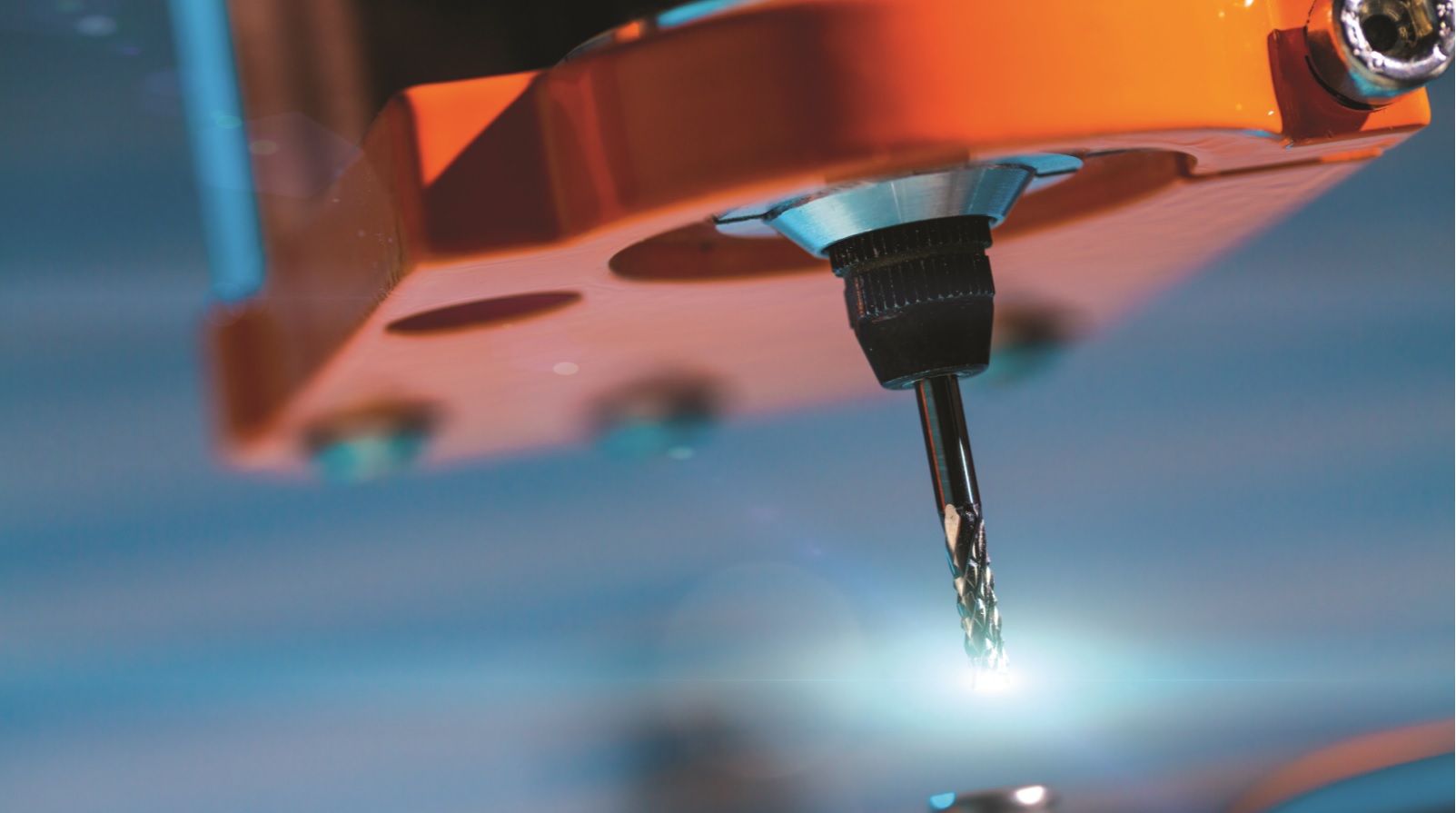The cutting tools industry largely depends on the automotive sector and hence was hit by tough market conditions last year. Speaking about the market situation, Gautam K. Ahuja, managing director, Dormer Pramet India said, “The demand for cutting tools was quite low in India last year, with GDP growth expected to be around 5% in 2019-20. The automotive industry declined to a historic low of -14% in 2019, which was much worse than the global recession of 2008. Even sectors like oil & gas and textile machinery have taken a big hit. Thus, drilling & boring have not been any different and followed the same path of decline in 2019. However, it seems that we have bottomed out and the demand in early 2020 is slightly better than the second half of 2019. The GDP is expected to be around 5.8% in 2020-21, which is a little better than the current fiscal year. Dormer Pramet India has started 2020 on a positive note and we expect to continue the momentum.”
Giving overview of the market from his point of view, L. Krishnan, managing director, TaeguTec India says, “The demand for cutting tools is largely correlated with that in the automotive and auto components industry, and this applies for specific manufacturing applications of drilling and boring too. However, there are some pockets like the oil & gas and heavy engineering sectors, which require significant drilling & boring all year long. These sectors are doing reasonably well. Of course, once the auto sector recovers, we expect demand to improve as well.”
Seconding the same, Ramakant Reddy, Managing Director, LMT Tools India says, “Currently, demand for all the consumable cutting tools is low for most of the manufacturers unless they have a unique product. Drilling is no exception to it because it is part of consumable tooling, which can be purchased as and when required. On the contrary, demand for boring tools is better as boring bars are essential in the process of development of BS VI vehicles.”
Observing the changes in the consumer demand, Jay Shah, managing director, Tungaloy India says, “With improvements in production technology, many components need not be milled or turned. But Drilling/hole finishing and thread cutting operations remain. In the aerospace and medical industry, drilling and boring are one of the most difficult operations to perform. And, we take up such opportunities to win customers.”
How to deal with disruption?
Ahuja explains, “We are living in the VUCA (Volatility, Uncertainty, Complexity, Ambiguity) world, which is like a roller coaster, going up and down. The automotive is the biggest segment, and it is expected to grow only in single digits, due to various factors ranging from BS VI, electric mobility, demographic shift to call taxis and improved public transport like metros & AC buses, etc. However, other sectors like railway and defence & aerospace are opening-up new opportunities for the private sector. This means demand for cutting tools in India will have a modest growth, but gradually shift to other sectors, where the materials to be machined are quite different than automotive. Companies which focus on new products for the upcoming industries will grow faster than others which continue to be dependent on Automotive. For Dormer Pramet, railway, heavy machining and air frame assembly are the focus segments, and a lot of products dedicated to them.”
To add into it Krishnan says, “The major disruptions that we are set to see in a couple of years from now include the large migration of automobiles to electric vehicles. This would significantly reduce demand for cutting tools since the intensity of machining or tooling in the electric mobility industry is much less. However, aerospace, defence and general engineering are moving towards newer alloys and newer materials that have lower machinability, and that entail more specialised requirement of cutting tools. The net of all this will depend on the extent of electrification of the automobile industry, but it is too early to draw timelines for now.”
Reddy reveals the company’s business approach in the highly disrupted market. “Through targeted market analyses and intensive discussions with our customers, we try to align our developments even more to the needs and requirements of the customers. Existing products are also checked in terms of performance and price and adjusted to current requirements if necessary,” he says.

